Published – 28 March 2020 By Gavin Beever
Working from home can be extremely successful, productive and enjoyable; but to make it effective, it helps to have some good resources, structure and processes. It also takes some discipline.
This post shares some tips and tools for those that are planning to work from home. To start with, reflect on the sort of work you will need to do, as this will dictate what sort of resources and work environment you will need.
Resources
For most people these will be:
- Good internet connection – A stable connection with enough bandwidth to handle the activities you will need to do is critical. This post provides some useful advice in that regards, please click here.
- Think about who you will need to be in contact with and how. Most people working from home need a good mobile phone, computer and tablet; all with sufficient connectivity and data. Make sure your plans will be sufficient to meet your work needs. Being at home means you can be flexible and agile, but often you need to be able to access work communications and online resources, anytime and from anywhere.
- A dedicated workspace with a suitable desk and a comfortable office chair.
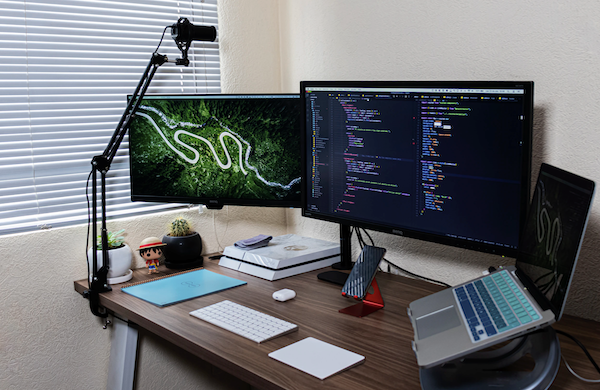
- Secure and reliable computer backup, either a dedicated USB/hard drive (stored separately) or a simpler and more reliable option, is a cloud based service. These include: iCloud Drive, Amazon Drive, OneDrive, Dropbox, Google Drive, Box and Nextcloud.
- Printer/scanner/photocopier; there are some great three in one machines on the market, that are not that expensive. Please note that a key trap can be the price of ink/toner refills; research that when you consider which machine is best for your needs.
- Filing and storage space, even if you plan to go paperless, you will still accumulate some hard copy papers, booklets and books. It is surprising how quickly that happens. Plan for where you will store and access them, particularly things you may need to use regularly. Without forethought, things can get disorganised and head to the deep litter system very quickly….
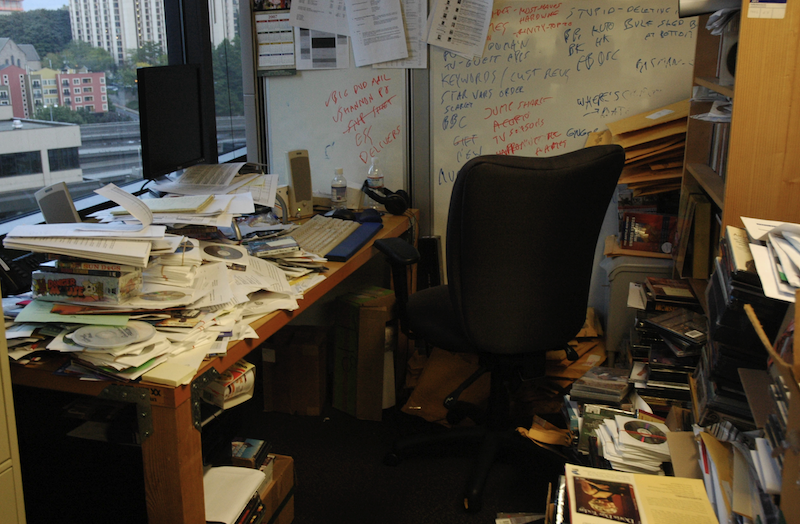
- Screens. If you will be spending a lot of time working on your computer, additional screens are an absolute game changer for improving productivity and efficiency; particularly if you are used to them in your previous work place.
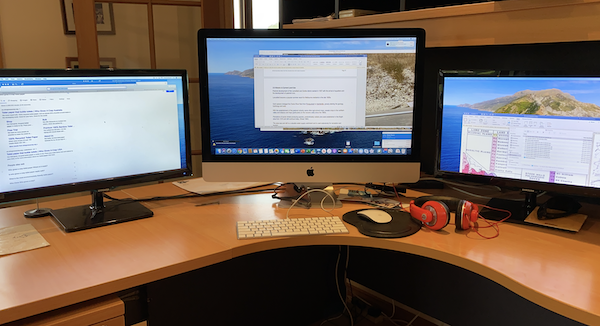
- An ability to meet with colleagues or clients online, for tips on online meetings, click here.
- Headphones and access to a microphone, these are critical for shared work environments or for when there is background noise.
- Access to transport, when you need it.
- Parking for visitors, if you are going to have them in relation to your work.
- Easy access to drinks and snacks.
- Access to a toilet and bathroom facilities.
- A rubbish bin.
- Effective heating and cooling; if it doesn’t work well, working from home can get uncomfortable and unproductive quickly!

- Some online tools to help with project management and collaboration with colleagues, three options are discussed in this post, please click here.
- Access to the postal service, you will still need to be able to receive business related correspondence by snail mail. If you want to separate business correspondence from your private mail, you may need to invest in a post box at your local post office.

- Answering machine or service that is separate to your home one, or you may have to add a more professional greeting on your home machine or service.
- A professional meeting space. If you do not have one at home, you will need to plan for one you can access as needed.
- Insurance, are you covered for working from home and are any clients or colleagues covered when they meet with you at your home?
- Are there any Occupational Health and Safety risks in your home environment in respect to working from home? Check to see that you comply with the requirements of your State or Territory and complete a checklist.
Your Workspace
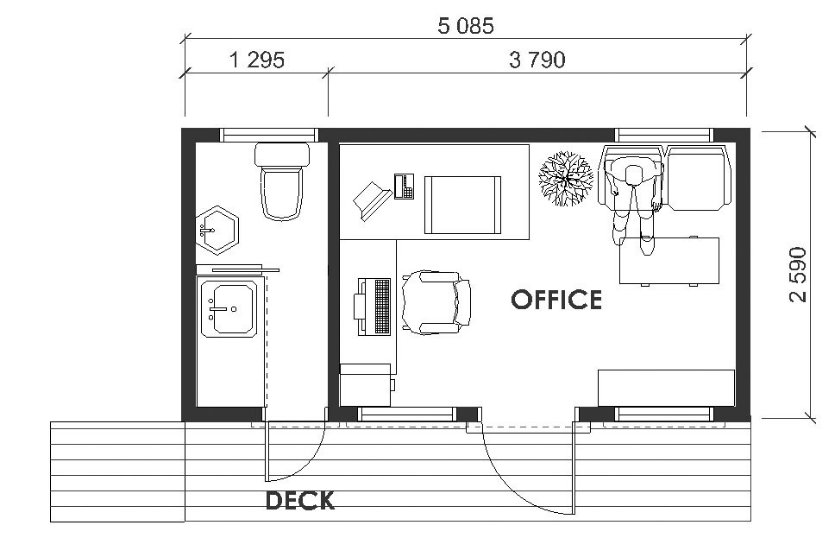
You do need a dedicated workspace and preferably a room or home office. This helps separate you and your family members or housemates home life, from your work life. This is absolutely critical in order for you to be able to work effectively from home. Where that is located will be dictated by what space is available, but importantly also by things such as:
- Do you need to be able to hear and easily access the front door?
- The proximity of a bathroom and toilet.
- Ease of access to drinks and snacks.
- Good light.
- Somewhere that does not get too noisy.
- Are there children, animals or equipment that needs to be kept an eye on?
- Windows and a view. You will be far happier and effective in a workspace you enjoy being in. Windows, effective light and a view can be important contributors (but they are not essential).
- Some personal items, such as photos and objects that personalise your space and make it more comfortable.
- If your space has hard floors; you may like a rug, to make it more comfortable and to absorb sound.
- Storage space that enables you to have the things you use often, at your figure tips.
- It is handy to be able to easily get outside for some fresh air.
- It is also useful to have somewhere you can have a private business call.
- If you have children (particularly young ones) and pets, you will need to plan how you are going to make it work. Often it will be great to have them around, but you won’t have a smiling face all the time, it won’t always look the photos below :-).
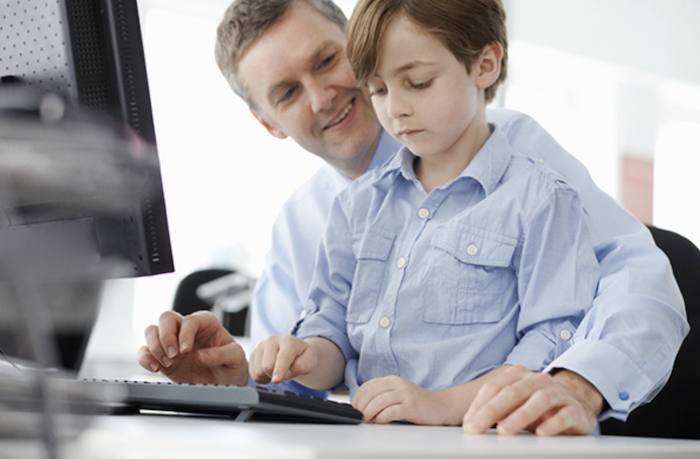

Making It Work
You will need some discipline around going to work. Where possible, keep regular office hours and dress for work. This doesn’t mean you need to jump into a business suit each day (unless this is the dress code for your video calls). But conversely, working in your bathrobe does not make for working effectively. We’ve all heard about the newsreader look, whatever works for you, :-); but do dress for work.

It is a change in how you work when you transition to working from home. Give yourself time to get used to it and review how it is going and continually improve your approach. You will have far less interaction with colleagues and clients and you will need to establish good systems for staying in touch. However, this can lead to less distractions and improved efficiency.
A good process to use is the “Go Zone”. This is a system developed by Mark McKeon. It is a fantastic approach to help you get a perspective on yourself, the way you work and how to keep yourself working effectively.
Mark also points out things you need to look out for. In the approach he recognises that we need to set ourselves up for maximum productivity, for short periods of time, this is called the Go Zone. In this zone you focus on getting things done (the priority things) and remove all distractions to doing so.
The next zone is the “Slow Zone” which recognises that we all need time to take the foot off the pedal. In the Slow Zone you do the things that you need to keep things going; E.g. check emails, tidy your desk, get office supplies, make phone calls, do quotes, read reports and business correspondence etc. If you do not focus on having a Go Zone you can operate in the Slow Zone, most if not all the time!
The last zone is the “No Zone”, this recognises that you need time to recover and fully enjoy life and keep an effective work life balance. You cannot recover and stay fit and healthy and ready to work effectively, if you only operate in the Go and Slow Zones. See more from Mark on the approach in the video below. As well as the Go Zone, he talks about things to think about in respect to getting your approach to work right, I encourage you to watch it all the way through:
To Do Lists
The last key tip is to keep to do lists. Have them on your phone, so that you can access them and add to them easily. This gets everything out of your head and helps keep you on top of things; in a busy, mixed work/home life environment.
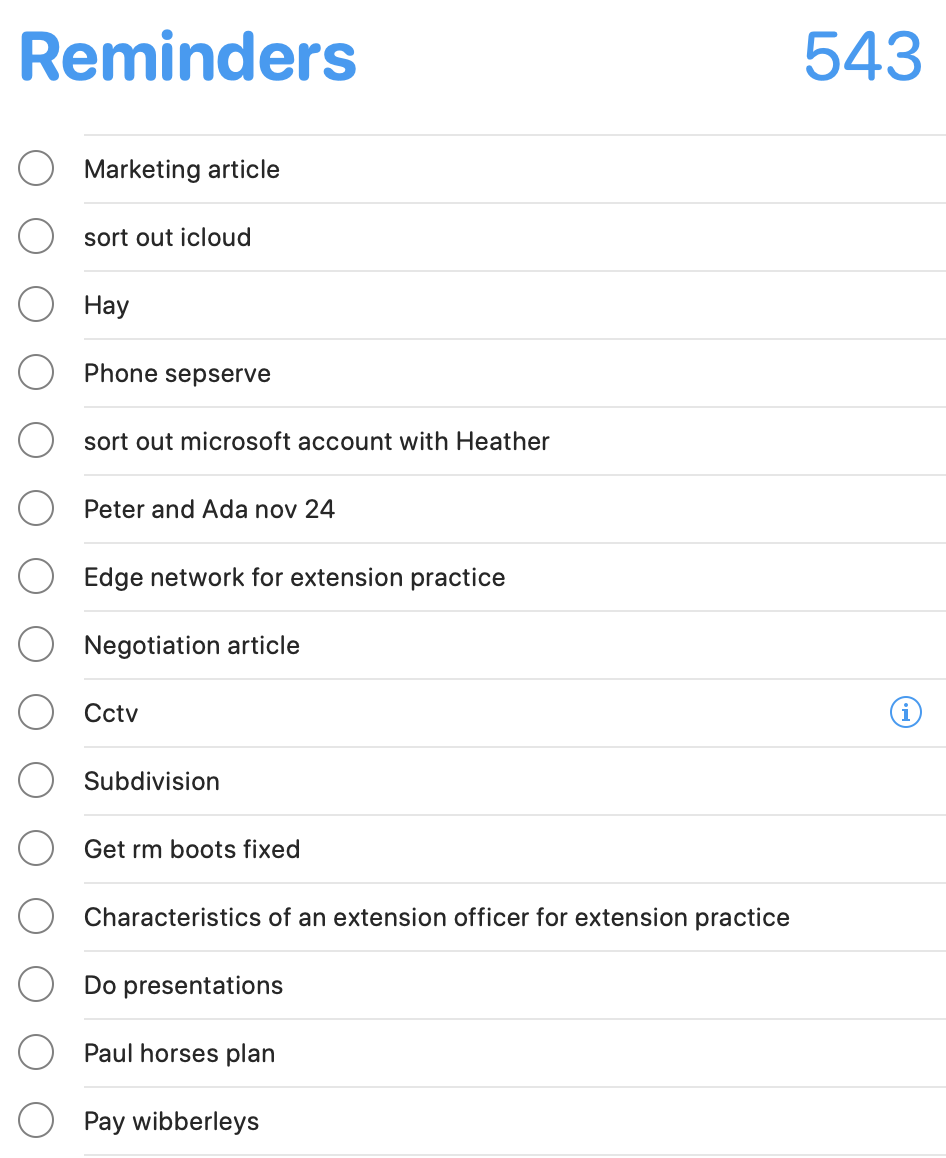
Enjoy the change!
